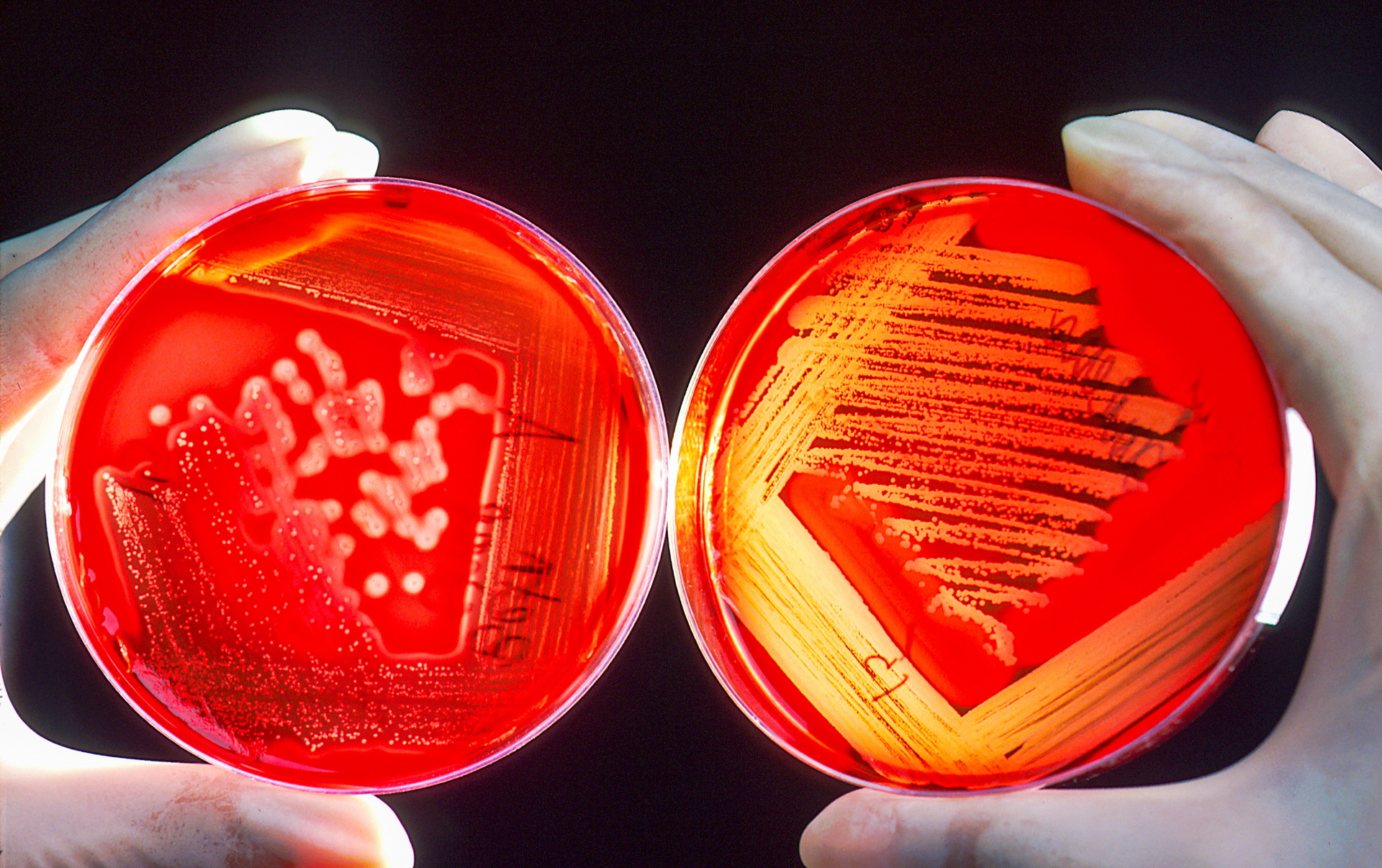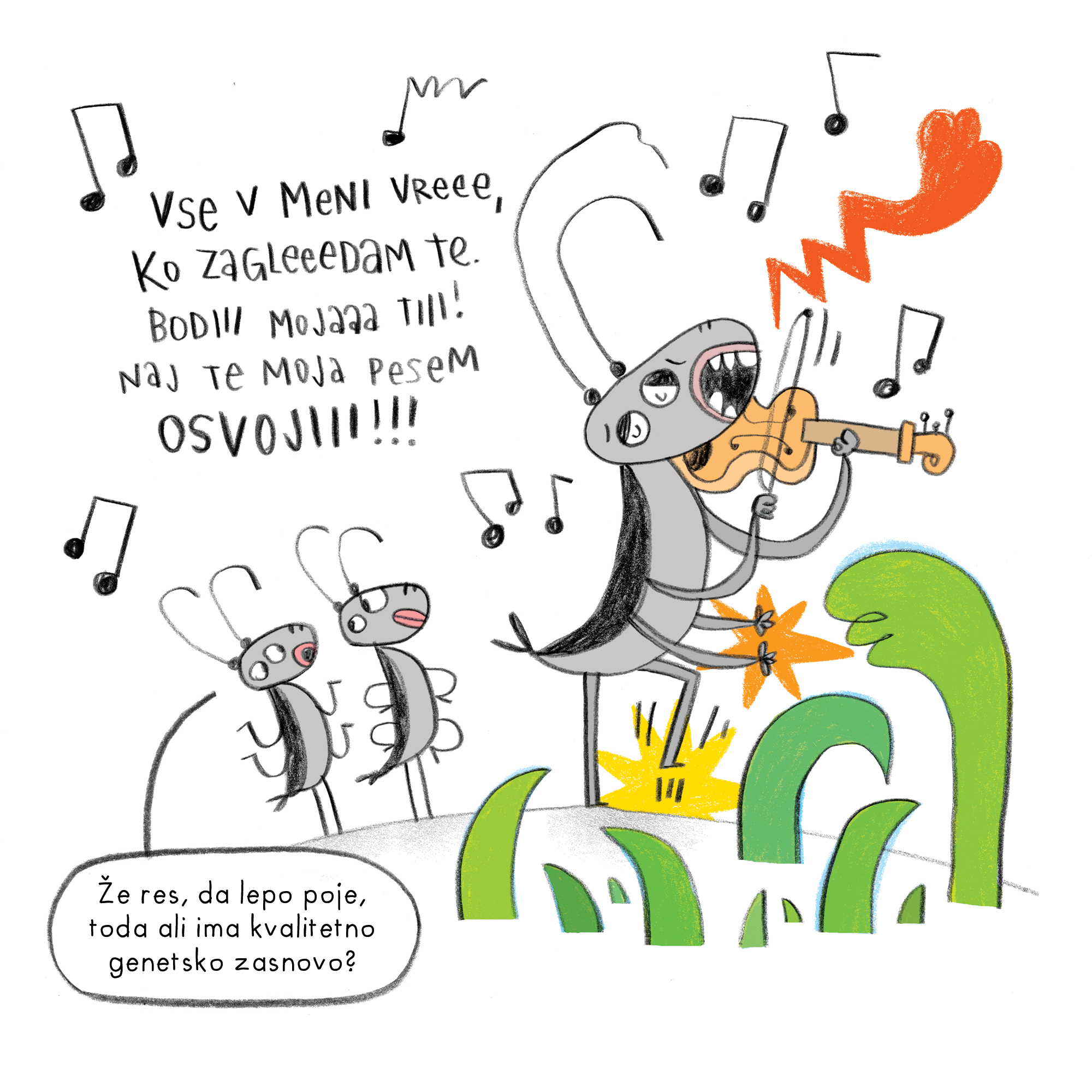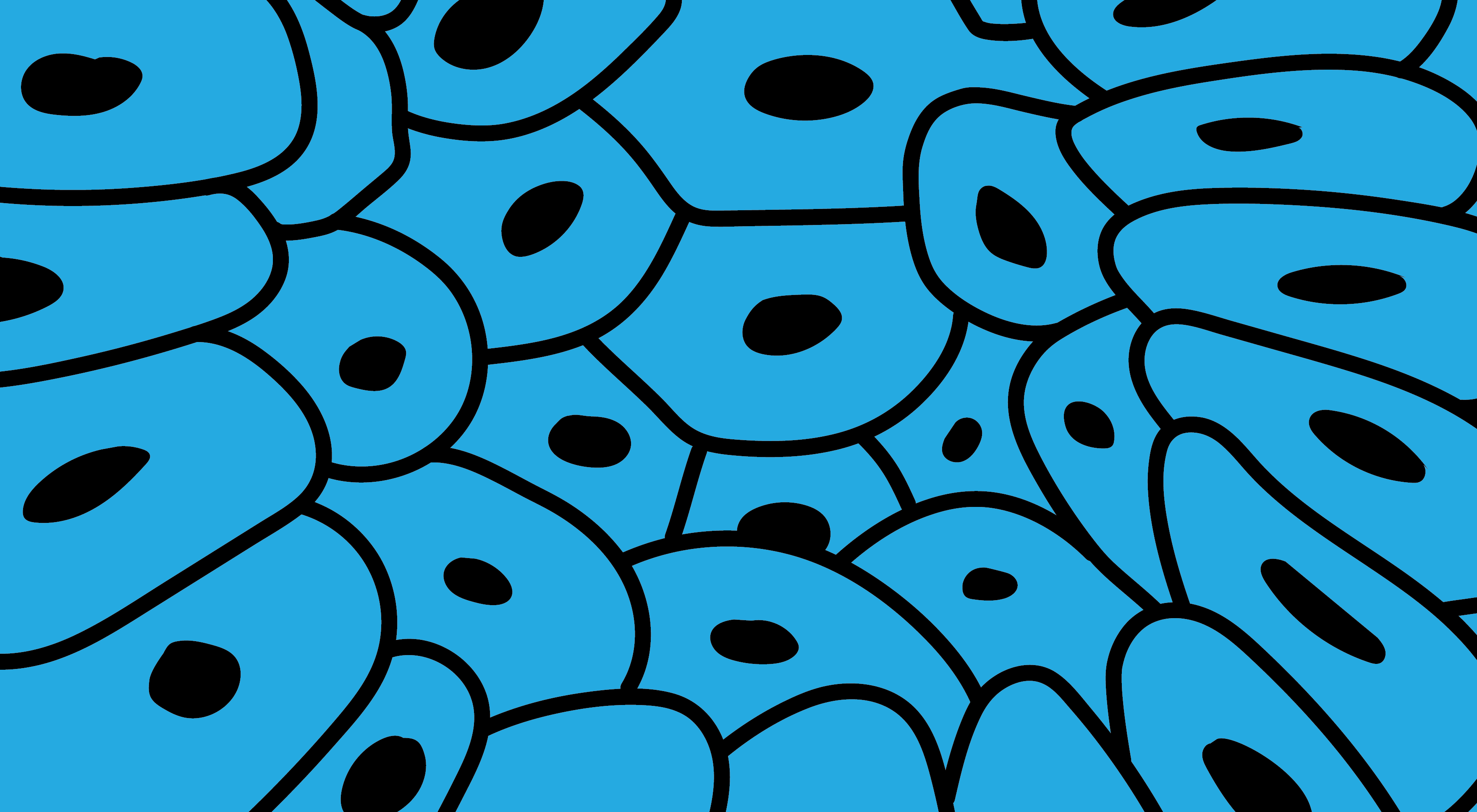It is known from everyday life that social connectedness promotes happiness and well-being among people. This has also been supported by extensive research. In recent years, we all had first-hand experience with an almost total lack of social interaction. But first let us go back to the very beginning when Aristotle claimed that: "Man is by nature a social animal." Centuries after making this famous statement, researchers in the field of microbiology hypothesized that "social ties" also help the simpler organisms known as bacteria to thrive.
Social behaviour is generally defined as interaction and cooperation among individuals that is usually, though not always, beneficial to one or more of the individuals engaged in it. The effect of social behaviour can have a mutual benefit, can be beneficial for just one of the individuals engaged in it, or for neither of the individuals but for the wider population. For example, many animals have greater success finding and catching food if they hunt as a group. Another benefit of living in groups is protection. However, there are also downsides to forming social groups. Living in close proximity with other individuals means members have to share or compete for available resources in the local environment. Moreover, disease spreading within social groups is more rapid because of the members' proximity to each other. Prior to conducting research in this area, it was assumed that bacteria led unsocial, unicellular lives with virtually no cooperative behaviour. Even if bacteria were observed to form a colony, researchers did not know how or why, and whether one bacterial cell cooperated with neighbour cells. In the nineteenth century, Herbert Spencer and Peter Kropotkin first applied the term "social behaviour" to single-celled organisms. Specifically, Kropotkin made the famous statement: "…we must be prepared to learn some day, from the students of microscopical pond-life, facts of unconscious mutual support, even from the life of microorganisms." During recent decades, the social behaviour of microorganisms has been explored in greater depth. Now we know that social behaviours, such as communication, role taking, the division of labour, and competition for resources, can also be found among bacteria. The social behaviour of bacteria can even include individual sacrifice for the good of the group.
Biofilms: The Home of Bacteria
Similar to a hive of bees or a pride of lions, a colony of bacteria can thrive where a single individual could not. It has been found that bacteria participate in social behaviours for the same reasons as more complex organisms: by coordinating their labour and sharing resources, a group of individuals can build an alliance or a home in which they are protected and fed. In the case of bacteria, this home is called a biofilm. The closest social connections between bacteria are seen in biofilms, which are the prevalent structures of bacteria in nature. Biofilms are closely-knit bacterial communities embedded in a polymer matrix and attached to its surface. We find biofilms in our bodies and all around us. One of the most important biofilms in our bodies is part of the gut microbiome. The gut microbiome helps the body to digest certain foods, to produce specific vitamins, and to fight against pathogenic microorganisms. It also plays an important role in the immune system, performing a barrier effect. Bacteria can communicate in biofilms, and help each other during challenging situations. In addition to helpful biofilms in our bodies, bacterial biofilms exist that are harmful and cause diseases. The persistence of infection in our bodies can present a difficult condition for harmful bacteria as well. Pathogenic bacteria inside the human body must fight against our immune system, fluctuations in the pH balance, a lack of nutrients, and there is the potential presence of antibiotics. Bacteria realize they have a better chance of surviving the fight if they stick together in the structure of a biofilm.
Bacterial Methods of Communication: Strength in Numbers
Biofilm formation is a process during which bacteria undertake a carefully regulated lifestyle switch from a swimming or floating unicellular state to a structured multicellular state. The precise regulation of biofilm formation involves extensive communication between individual bacterium and their neighbour bacteria.
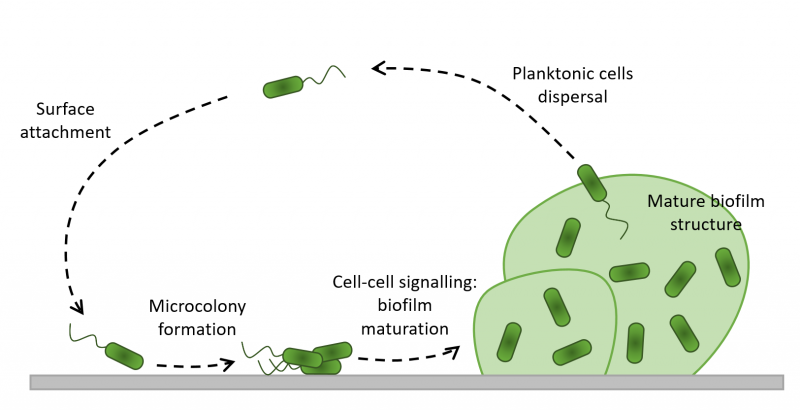
Biofilm formation process. Figure adapted from https://doi.org/10.1146/annurev.ecolsys.38.091206.095740.
The most common form of "socialization" in bacterial populations inside and outside of biofilms is the production of shared molecules called public goods. Public goods are diverse molecules that are used for nourishment, protection, and quorum sensing, which is the sensing of bacterial population density, virulence, iron acquisition, and movement. They are costly for individual bacterium to produce, meaning their production requires a great deal of energy, and producing them by definition is a form of social behaviour. When excreted from the producer bacterium, public goods become available to neighbouring bacteria. Individual bacteria in the group or population that do not produce public goods but benefit from them are called cheaters.
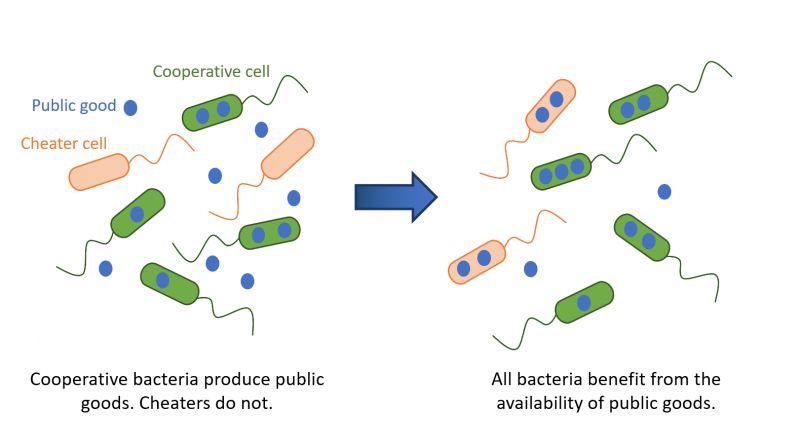
Social behaviour with public goods production. Figure adapted from https://doi.org/10.1146/annurev.ecolsys.38.091206.095740.
For example, iron acquisition is an important social behaviour of bacteria because iron is often the most limited nutrient in the environment. Iron is essential for bacteria, but is difficult to extract from the environment because it usually exists in nature in insoluble form or is tightly bound to the proteins in our bodies. In response to this situation, bacteria produce and release molecules called siderophores. These molecules have the ability to bind iron and make it available for other bacteria. This is a social behaviour because an individual bacterium can collect and use not only its own siderophores but also those released by neighbour bacteria. In this case, bacteria work collectively to create a shared environment of iron availability from which they all benefit.
Despite this complex system of cooperation, communication, and synchronization, bacteria are not always friendly to their neighbours in the ongoing competition for resources and ecological niches. Cooperation is more common among closely-related individuals with similar goals while competitive behaviour usually prevails over cooperation in multiple-species populations. Competition for resources is an example of selfish behaviour among bacteria. Specifically, bacteria accumulate resources from the environment to promote their own growth and at the same time to deplete the resources for other bacteria in the same local environment. Bacteria can also take a more aggressive approach to getting rid of their competitors. Researchers discovered that closely-related bacteria have the ability to produce toxins that target unrelated populations of bacteria in the local environment. By producing these molecules, bacteria are able to kill or slow the growth of competing populations of bacteria.
The Long-term Relationship of Bacteria: Important Impacts on Human Life
The social behaviour of bacteria plays a key role in the ability of bacteria to infect and harm human beings. By understanding these social strengths of bacteria in biofilms, we can find new methods of transforming them into weaknesses by disrupting bacterial cooperation. The mission of related research is to break the connection between bacteria and prevent them from forming biofilms that cause infection. Biofilms in our bodies can also be dangerous because the formation of biofilms often leads to antibiotic resistance as a result of the restricted penetration of antibiotics through the biofilm matrix to reach the member bacteria. Thus, bacteria inside biofilms are collectively protected against environmental threats such as antibiotics. Harmful bacteria acquire antibiotic resistance as a result of coordination and cooperation among individual bacteria. It has been proposed that the manipulation of bacterial social strategies could lead to the discovery of new antibacterial drugs that do not lose their effectiveness as quickly as current ones do. Molecules that promote disruption and disassemble biofilms or block bacterial cooperation could eventually be used as therapeutic drugs. This approach does not necessarily kill bacteria directly but merely exposes them, which would improve the susceptibility of biofilms to antibiotics. Drugs targeting cooperation among bacterial cells rather than bacterial cell components do not trigger a strong selection response in the population. Without this response, there is a reduced potential for bacteria to quickly evolve drug resistance. This innovation presents a path toward an optimistic future with more efficient drugs against many infectious diseases that exist in the structure of biofilms.





